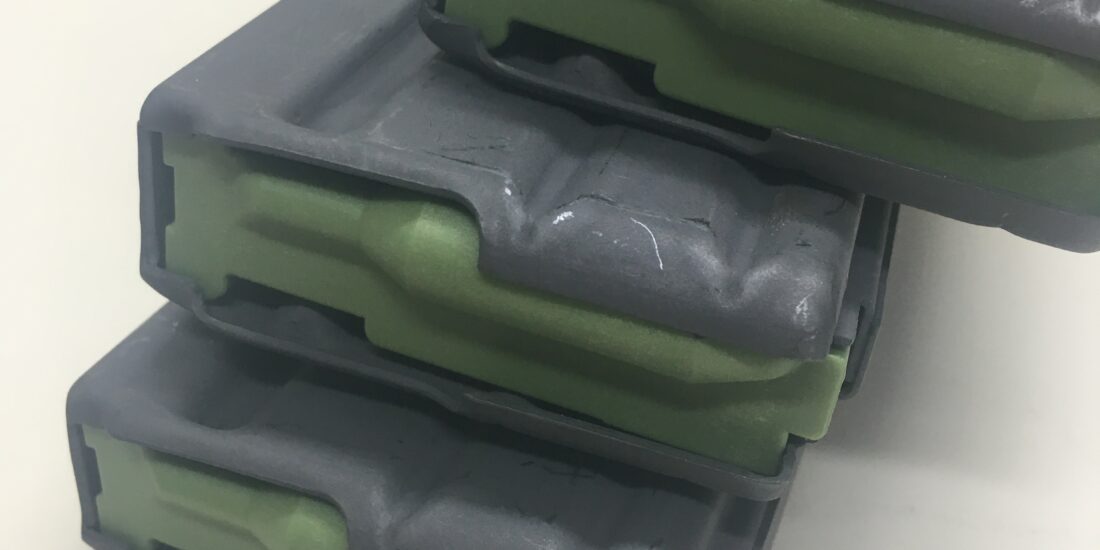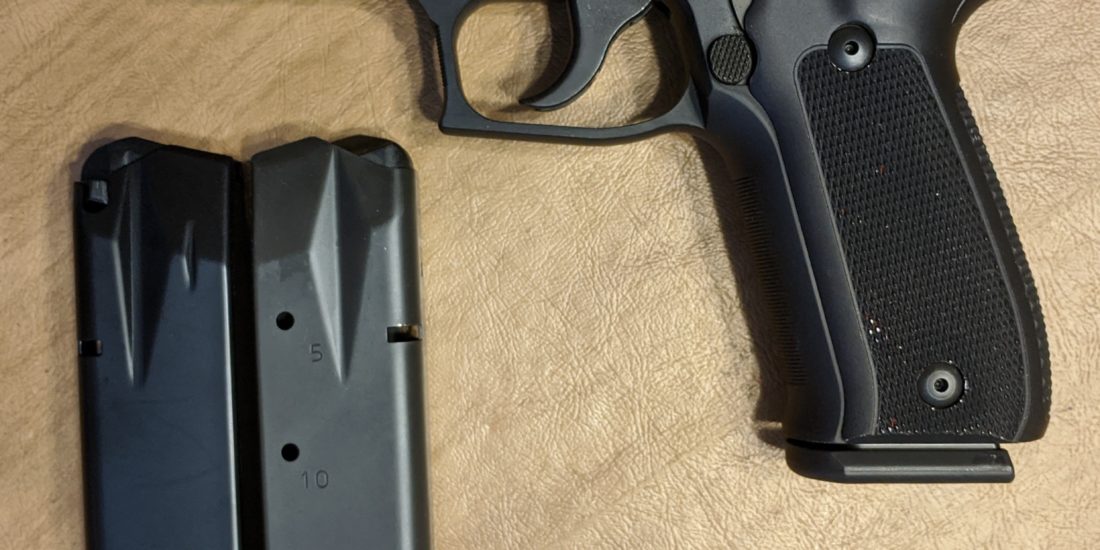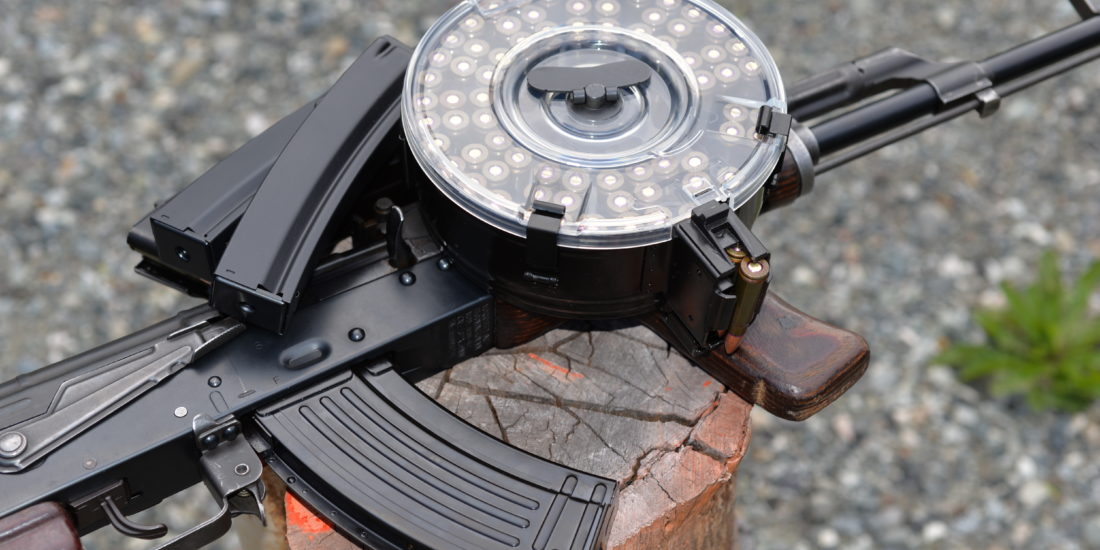Magazines: A Critical Choice for Functional Firearms

I’ll give you some insights on how we test things where I work. Our industry tests literally everything until it breaks, and then we attempt to figure out just why that thing broke. I will not describe myself as an expert, as that is arrogant. I will describe myself as a very lucky guy who gets to do all of this, and it costs me nothing but time, which I get paid for. If I mention a brand name, please understand I get nothing from anything that I might let slip.
Magazines are the weak link of any semi, or full auto firearms platform, period. This is simply the truth. We have tried literally dozens of different brands, and we send a lot of rounds down range on an annual basis, both pistol and rifle. Our sidearm of choice is the Glock 17, and I share a couple of insights right here- you can indeed load a Glock magazine, and allow it to sit for 20 years, and it will still function just fine, because we have done this. I can say to you that we have Glock magazines from 1993 in use on our range, and that’s where they have been all that time-on a range. They have not ever been disassembled, or ultrasonically cleaned, and they just work. A quarter century for about $26- not too shabby. As to other brands, I have no clue- we use Glock.
I can also report that when we had HK firearms, there were no major magazine issues. For our pistols, we have used strictly magazines from the makers- no after market magazines. We have been testing MagPul Glock magazines, and so far, after about 2 years, they are fine.
This is not to say that there have not been magazine failures. We do indeed lose one, every now and then. That’s where numbering and dating come into play. If you buy a magazine, it’s your property, and it’s perfectly fine to date and number it. This will give you a base of information for troubleshooting, and maintenance. A lot of magazines come with pre scored areas to allow just that, so take advantage of them.
Here’s another thing that a lot of people are unaware of- the aluminum USGI magazines are made in huge lots and basically are all exactly the same. If you want 500 of brand “X” that logo will be rolled on. The person who wants 1,000 of brand “Y”, gets that logo rolled on. Let’s all be adults, and realize that major manufacturers piece out their work. There is no other way to put it.
Magazines are not the culprit all of the time, but are usually a good place to start an investigation when things don’t go so well. Wonky ammunition has a part, too. Once these 2 suspects have been ruled out, then, maybe something is wrong with the firearm after all.
One legend that still creeps up is “magazine spring set”. This is a circumstance where a loaded magazine has laid around for years, and will not function due to the spring losing its resilience. Having dealt with Glock since the early 90’s, and the AR platform for nearly a quarter century, I can report that I’ve not seen this happen. Legends tend to have kernels of truth in them, and perhaps this was indeed a great concern at some point in time, but with today’s wonderful alloys and technologies, I’ve not seen it.
One really neat thing I got to witness was this. I’ve got a friend who had a relative in WW2. He brought home a Luger, and this pistol actually has all matching numbers. My friend decided he wanted to shoot it, and I’d begged him for years not to do this, and leave it as was. It was his pistol, and so he got his way. The shells in the magazine were from this same era. Both worked fine. Amazing.
Here’s one to ponder- loading a 30 round AR magazine to capacity. If you’re in combat, by all means, load to 30. If not, consider loading it to 28. There is actual data, and lots of it, that point out loading to 30 and driving over things like railroad tracks and other speed bumps (like police cruisers are wont to do) can set up situations like bolt over ride. If you don’t know what this is- research it to make yourself a more well rounded gun enthusiast. To keep it simple, if you experience bolt over ride, that’s a lovely time to show off your pistol skills, and fix that particular malady later.
There will likely be a rejoinder to this article, as there are more items to impart. Please be cordial enough to understand that these are experiences of 1 person, and your experiences may be different. i am merely striving to help.
1- It’s a great time to be a shooter
2-Materials and technology are superior to even 10 years ago.
3-Certain brands of magazines, like firearms, have almost cult-like followings
4-Magazines are meant to be disposable, and may not be “1 size fits all”.
6-Magazines are the weak link in a firearms platform
7-If you’re having issues with the firearm, check the mag, and then perhaps the ammunition type
8-Test different magazine types to see which type your firearm prefers.
9-Date and mark your magazines to have an idea how long they last before needing replacement. When you find a bad magazine, mark it to use for training only or destroy it.
11- Do not lubricate your magazines.
Stay Safe- Train Often






